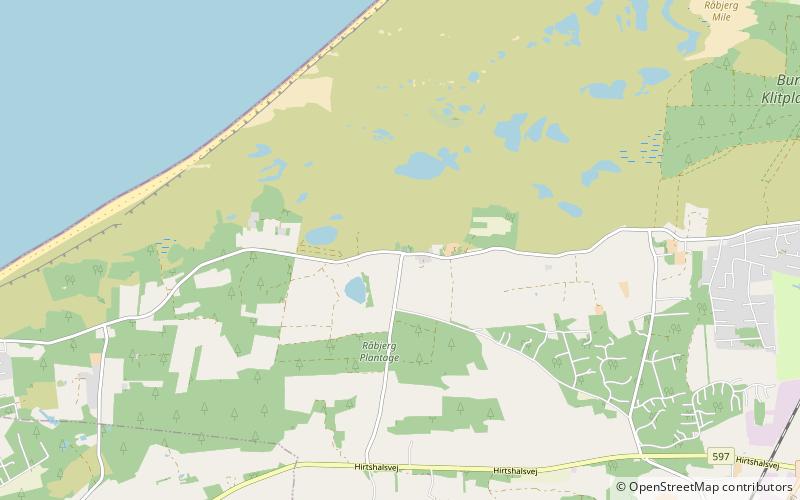Råbjerg kirke, North Jutlandic Island


Facts and practical information
Råbjerg Church is located in Vendsyssel, and probably built in 1220-1300 at the transition from Romanesque style to Gothic. There is very little settlement in the area.
The church is built of monks' stone on a sill of rough boulders. In 1865, an altarpiece was placed on the ceiling, a remnant of which is believed to be the figural board now seen in the church. A painting of the Crucifixion, which was of dubious quality, replaced the altarpiece painted in 1897 by Niels Anker Lund with the motif Jesus forgives sinners.
Vendsyssel Historical Museum has taken over a 60 cm high sculpture from the church, depicting a mother with her child on her arm. The child is wearing a bishop's hat. The figure is Saint Servatius and his mother Memelia. In the 300s he was bishop of Maastricht, and in medieval legends he was described as the grandson of Esmeria or Emerentia, a sister of the Virgin Mary's mother Anna. Among the furnishings in Råbjerg Church is a representation of Anna the third, Mary Cleophas and Mary Salome. In the Middle Ages these were interpreted as belonging to the Holy Family, and the figures in Råbjerg Church may have formed a single altarpiece.
The singer Aksel Schiøtz is buried in the north-western corner of the cemetery. Resistance fighter and businessman Ole Lippmann is also buried in the cemetery.
Råbjerg kirke – popular in the area (distance from the attraction)
Nearby attractions include: Råbjerg Mile, Aalbæk Havn, Hulsig Kirke.



